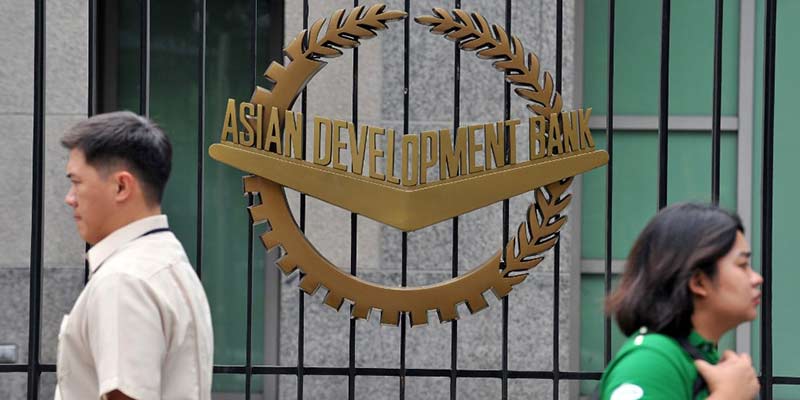- India
- Dec 28
ADB approves $125 mn loan to improve urban services in Tamil Nadu
Asian Development Bank (ADB) signed a $125 million (about Rs 1,025 crore) loan agreement with India to develop climate-resilient sewage collection and treatment, and drainage and water supply systems in three cities of Tamil Nadu.
The financing is the third and the last tranche of the $500 million multi-tranche financing facility (MFF) for the programme approved by ADB in 2018 to build priority water supply, sewerage, and drainage infrastructure in strategic industrial corridors across 10 cities in the state.
Highlights of the project:
• The tranche-3 loan covers Coimbatore, Madurai, and Thoothukudi.
• The financing will support the development of two sewage treatment plants in Coimbatore with 529 km of sewage collection pipelines, install 14 pump and lift stations and build 14 km of sewage pumping mains.
• In Thoothukudi, a climate-resilient stormwater drainage system will be developed.
• In Madurai, the project will support the commissioning of 813 km of new water supply distribution pipelines that will connect 163,958 households to 115 newly established district-metered area with smart water features to reduce non-revenue water.
• In Coimbatore and Madurai, two all-female self-help groups will be trained on the benefits of household connection to the sewage collection system, water conservation, sanitation, and health and hygiene.
Asian Development Bank
• The Asian Development Bank (ADB) envisions a prosperous, inclusive, resilient, and sustainable Asia and the Pacific, while sustaining its efforts to eradicate extreme poverty in the region.
• From 31 members at its establishment in 1966, ADB has grown to encompass 68 members — of which 49 are from within Asia and the Pacific and 19 outside.
• ADB assists its members, and partners, by providing loans, technical assistance, grants, and equity investments to promote social and economic development.
• ADB maximises the development impact of its assistance by facilitating policy dialogues, providing advisory services, and mobilising financial resources through cofinancing operations that tap official, commercial, and export credit sources.
History of ADB
• ADB was conceived in the early 1960s as a financial institution that would be Asian in character and foster economic growth and cooperation in one of the poorest regions in the world.
• A resolution passed at the first Ministerial Conference on Asian Economic Cooperation held by the United Nations Economic Commission for Asia and the Far East in 1963 set that vision on the way to becoming reality.
• The Philippines capital of Manila was chosen to host the new institution, which opened on December 19, 1966, with 31 members that came together to serve a predominantly agricultural region. Takeshi Watanabe from Japan was ADB’s first president.
• India was a founding member of ADB in 1966.
Manorama Yearbook app is now available on Google Play Store and iOS App Store

